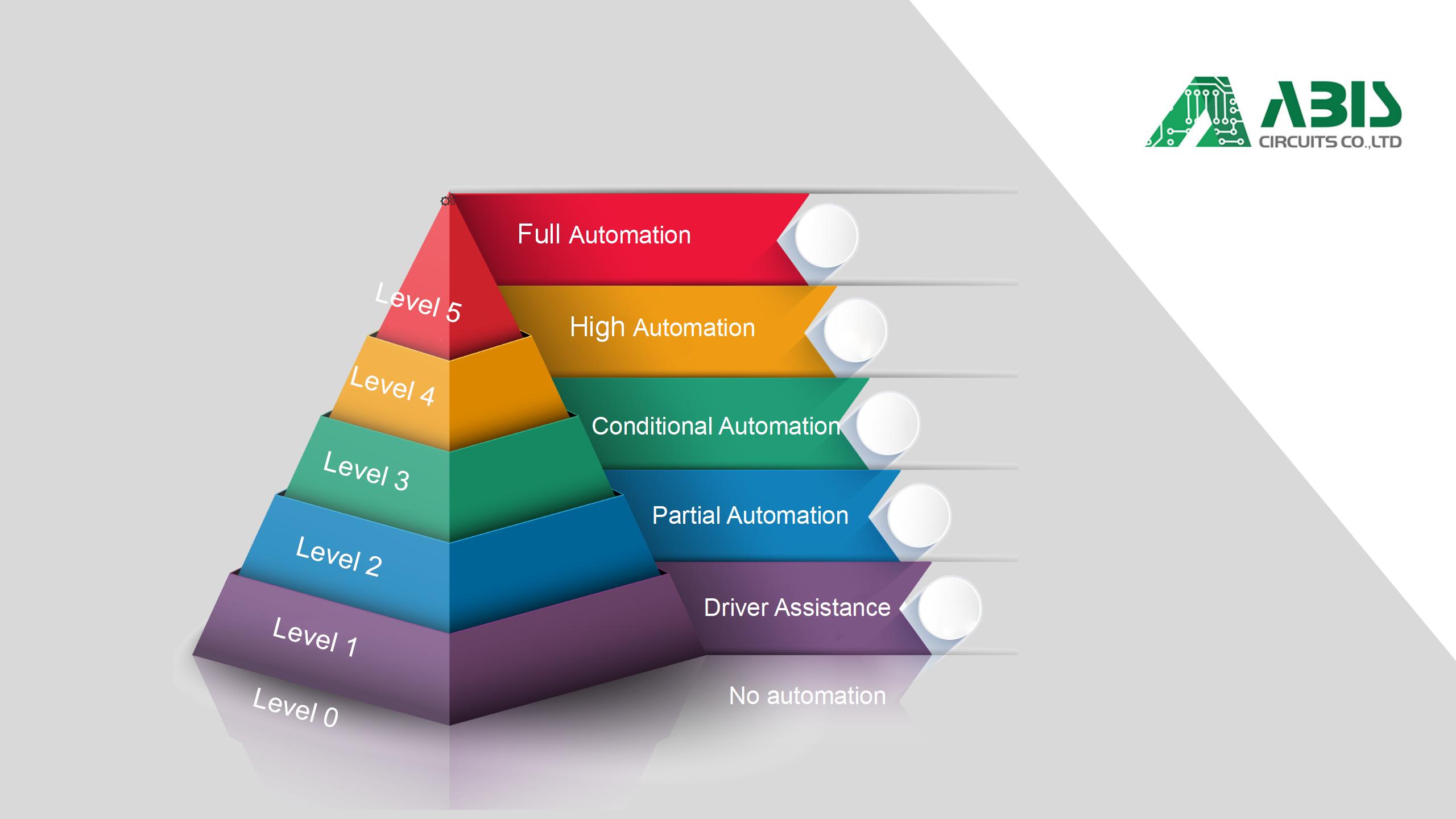
Both the United States and China have set standards for driving automation: L0-L5. These standards delineate the progressive development of driving automation.
In the US, the Society of Automotive Engineers (SAE) has established a widely recognized classification system for driving automation levels, similar to the one mentioned earlier. The levels range from 0 to 5, with Level 0 indicating no automation and Level 5 representing fully autonomous driving without human intervention.
As of now, the majority of vehicles on U.S. roads fall within Levels 0 to 2 of automation. Level 0 refers to traditional vehicles driven entirely by humans, while Level 1 incorporates basic driver assistance features such as adaptive cruise control and lane keeping assistance. Level 2 automation involves more advanced driver assistance systems (ADAS) that enable limited self-driving capabilities, such as automated steering and acceleration, but still require driver supervision.
However, it is important to note that some automakers and technology companies are actively testing and deploying vehicles at higher automation levels in specific locations and under controlled conditions,Level 3. Vehicle is capable of performing most driving tasks independently but still requires driver intervention in certain situations.
By May 2023, China's driving automation is at Level 2, and it needs to break legal restrictions to reach Level 3. NIO, Li Auto, Xpeng Motors, BYD, Tesla are all on the EV and driving automation track.
As early as August 20, 2021, in order to supervise and better develop the field of new energy vehicles, the Chinese Administration for Market Regulation issued the national standard "Taxonomy of driving Automation for vehicles"(GB/T 40429-2021). It divides Driving Automation into six grades L0-L5. The L0 is the lowest rating, but instead of having no driving automation, it only offers early warning and emergency braking. The L5 is Fully Automated Driving and it is fully in control of the car's driving.
In the hardware field, autonomous driving and artificial intelligence put forward higher requirements for the computing power of the car. However, for automotive chips, safety is the first priority. Automobiles do not need 6nm process ICs like mobile phones. In fact, mature 250nm process is more popular. There are many applications that do not require small geometries and trace widths of PCB. However, as the package pitch continues to shrink, ABIS is improving its process to be able to do smaller traces and spaces.
ABIS Circuits believe the driving automation is built on the ADAS(advanced driver assisrance systems). One of our unwavering commitment is to deliver top-notch PCB and PCBA solutions for ADAS, aimed at facilitating the growth of our esteemed clients. By doing so, we aspire to expedite the arrival of Driving Automation L5, ultimately benefiting a larger population.
Post time: May-17-2023




